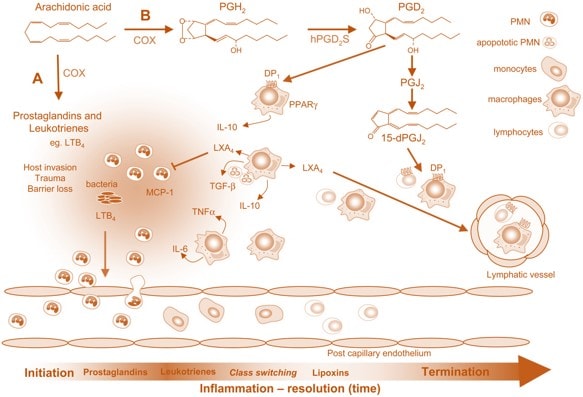Inflammation Tied to Fracture: Could this Have an Impact on Stem Cells?
Is inflammation tied to fracture? A recent Swedish study just demonstrated that elderly men with elevated levels of low-grade inflammation are more likely to break a bone, particularly vertebrae. Fracture risk was 48% higher for men with the highest inflammation than all others combined. So the next question is why is this happening? Nobody knows right now, but I bet you that it has to do with cell health. We’ve seen that many things like medication and extra weight can impact stem cell health. What if this extra inflammation is hurting bone stem cells? Bones, like almost every tissue in the body, have tiny little repairmen cells (stem and progenitor cells) that live in the tissue and help maintain the tissue and keep it healthy. If those cells are being hurt by the extra chronic inflammation, this would lead to more fractures. The upshot? Getting your inflammatory markers checked (like the hs-CRP measured in this study) may not be a bad idea if you’re considering a stem cell procedure.

If you have questions or comments about this blog post, please email us at [email protected]
NOTE: This blog post provides general information to help the reader better understand regenerative medicine, musculoskeletal health, and related subjects. All content provided in this blog, website, or any linked materials, including text, graphics, images, patient profiles, outcomes, and information, are not intended and should not be considered or used as a substitute for medical advice, diagnosis, or treatment. Please always consult with a professional and certified healthcare provider to discuss if a treatment is right for you.
